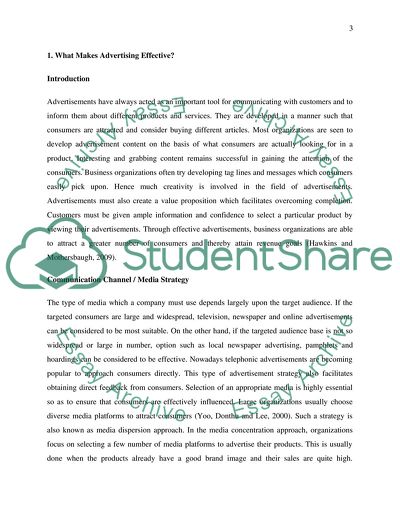Cite this document
(Effective Advertising Essay Example | Topics and Well Written Essays - 1500 words, n.d.)
Effective Advertising Essay Example | Topics and Well Written Essays - 1500 words. https://studentshare.org/marketing/1864792-effective-advertising
Effective Advertising Essay Example | Topics and Well Written Essays - 1500 words. https://studentshare.org/marketing/1864792-effective-advertising
(Effective Advertising Essay Example | Topics and Well Written Essays - 1500 Words)
Effective Advertising Essay Example | Topics and Well Written Essays - 1500 Words. https://studentshare.org/marketing/1864792-effective-advertising.
Effective Advertising Essay Example | Topics and Well Written Essays - 1500 Words. https://studentshare.org/marketing/1864792-effective-advertising.
“Effective Advertising Essay Example | Topics and Well Written Essays - 1500 Words”. https://studentshare.org/marketing/1864792-effective-advertising.


